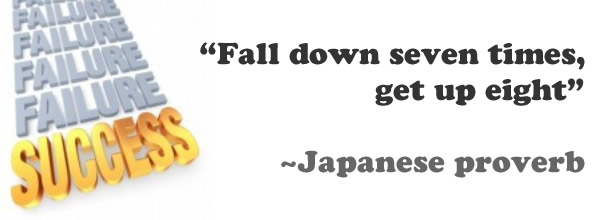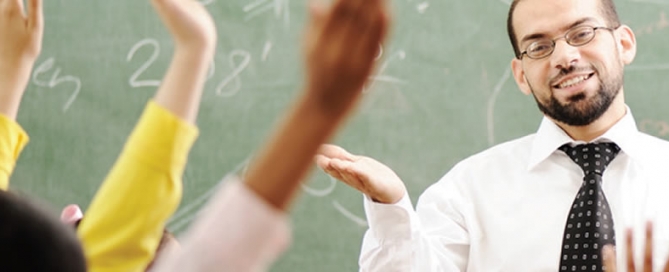We all have our own perceptions on what exactly resiliency is. Resiliency can be interpreted in a physical sense, as bouncing back from an injury. From a cognitive perspective, resiliency can be defined as having the mental capacity to endure hardship, including the ability to withstand moments of temptation or difficulty. All these definitions are correct, depending upon the person or situation. In a student, resilience can be defined as the ability to persist in the face of adversity, or the ability to bounce back after facing a challenging situation. Helping students develop resiliency skills and attitudes has a positive effect on academic achievement, behavior, and long-term success in life.
To develop resiliency the student must be actively engaged. Resiliency is not developed by being passive. Students need to connect to their learning environment and the people in it, as well as to ideas and curriculum they are exposed to, in order to thrive. Students must be actively involved in the life of the school and in their own learning. Resilient students track their own progress, create goals, and connect with like-minded peers. Resilient students also understand that school is not something that just happens to them. They understand that they are active participants in co-creating their educational experience.
Resilient students are flexible with their definitions of success. They create their vision of success and then develop contingency plans. They take the things that they are passionate about from one goal and apply them to another. Having alternate visions of personal success lets us feel like we are in control, and provides us with more ways to be successful.
Resilient students also understand that resilience is not a constant. Resilience tends to ebb and flow throughout our lives based on current situations and challenges. We all have times in our lives where things are going well, and times when things are tough. The resilient student is the one who can bounce back, learn, and thrive through the tough times.
To help develop their state of resilient, students:
- Avoid seeing problems as insurmountable. We cannot change the fact that highly stressful events happen, but we can change how we interpret and respond to these events.
- Look for opportunities for self-discovery. We can discover a lot about how we learn best and about ourselves in general, when we deal with challenging situations.
- Take decisive actions. We act on adverse situations as much as we can. Instead of just hoping that stress will go away, we devise solutions to problems and act.
- Keep things in perspective and avoid blowing the event out of proportion. We consider the stressful situation in a broader context and keep a long-term perspective. We take a breath and depersonalize the situation, so that we can control emotional impulses in order to make considered decisions.
- Take care of themselves. We pay attention to our own needs and feelings so we can be at our most resourceful. We get enough exercise and sleep, and eat well so that our body and mind are able to deal with situations that require resilience.
References:
“The Road To Resilience.” American Psychological Association (APA). N.p., n.d. Web. 29 Apr. 2013. http://www.apa.org/helpcenter/road-resilience.aspx#.
“Building Resiliency in Struggling Students: 7 Key Ideas from Research | ASCD Inservice.” Welcome to the ASCD InService Blog. N.p., n.d. Web. 29 Apr. 2013. http://inservice.ascd.org/whole-child/building-resiliency-in-struggling-students-7-key-ideas-from-research/.
Chase, Carissa. “Resilience in students.” Upload & Share PowerPoint presentations and documents. N.p., n.d. Web. 29 Apr. 2013. http://www.slideshare.net/CarissaChase/resilience-in-students-5855406.
')}



